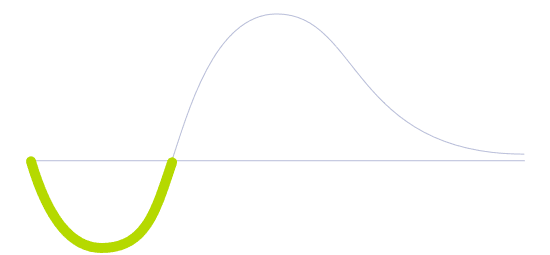DNA Data Storage

Technology Life Cycle
Initial phase where new technologies are conceptualized and developed. During this stage, technical viability is explored and initial prototypes may be created.

Technology Readiness Level (TRL)
Validation is conducted in relevant environments, where simulations are carried out as close to realistic circumstances.

Technology Diffusion
First to adopt new technologies. They are willing to take risks and are crucial to the initial testing and development of new applications.

DNA data storage is a method of encoding digital information into DNA molecules for long-term storage. It involves converting digital data into DNA code and then synthesizing the DNA sequences, which can be stored in small, stable containers such as test tubes. Compared to conventional optical and magnetic storage media like flash drives and hard drives, this solution offers much larger data density and potentially more longevity and energy efficiency to meet the growing global demand for digital storage.
The extensive amount of information stored in tiny volumes drastically reduces the space needed and, therefore, the energy required to hold it. For instance, for 33 zettabytes, the estimated amount of data that humanity will generate by 2025, less than the area of a ping-pong ball would be necessary.
DNA storage is a three-step process: coding the data, synthesizing and storing it, and decoding it. First, the data is coded by algorithms, translating binary codes into DNA codes: adenine (A), thymine (T), guanine (G), and cytosine (C). Then, the DNA is stored in a container in a cool and regulated environment; it can be frozen in a solution, stored as droplets, or on silicon chips. Finally, this stored data is taken to a lab to be decoded into error-free binary information.
Due to the speed of the decoding process, this technology is primarily envisioned for storing data that does not need to be frequently accessed, such as in today's external hard drives and long-term archives. However, with future developments, it could be used for data storage with always-on availability, helping reduce the dependence on today's energy-consuming server farms.
Future Perspectives
Once researchers streamline the process of encoding and decoding data from DNA, this technology could fully substitute digital hardware. Due to its wet media properties, DNA-based digital storage could be especially useful in biotech industries in processing nanoscale activities. For instance, instructions to be followed by ingestible nanorobots once inside the body could be programmed into DNA.
Also, it could be possible to encode all kinds of digital information into a person's DNA. Once we sufficiently manage to use human DNA to store essential content, concerns will begin to arise regarding security and hackability to prevent a malicious individual from gaining the power to access, write, and edit someone else's private genetic information without consent.
Image generated by Envisioning using Midjourney